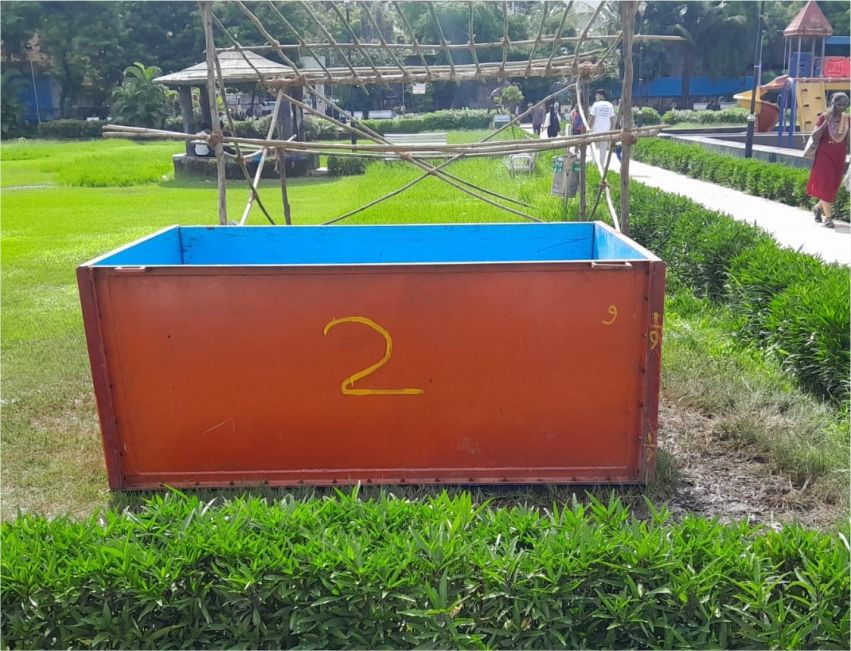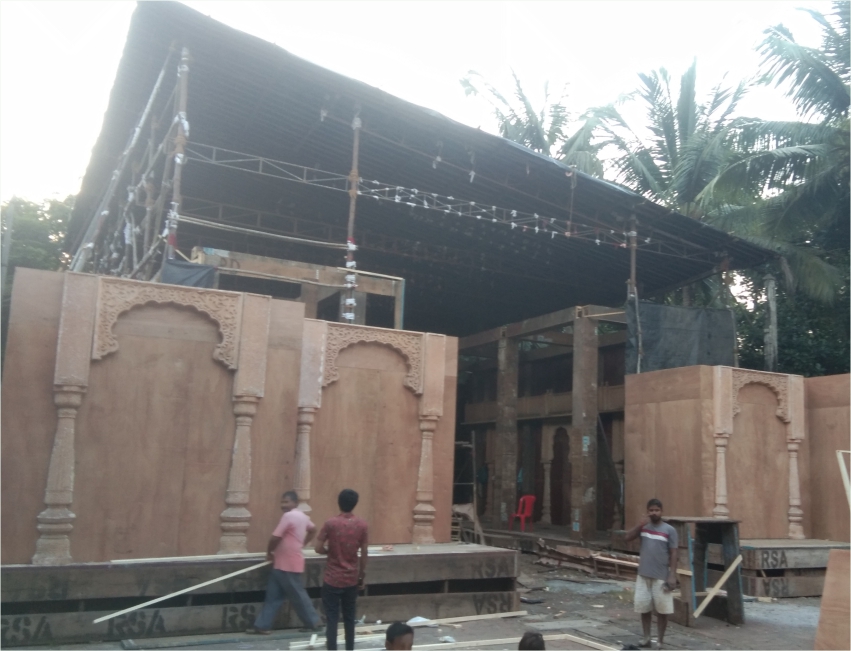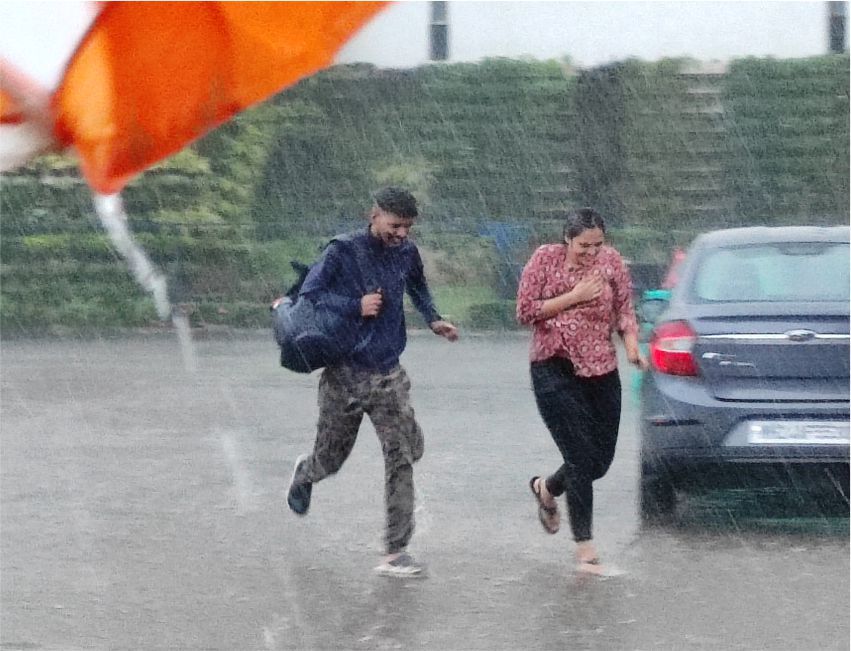From Ancient Board Games to Archaeology: Bridging generations through play

- Christopher Rodrigues
- 30 Oct, 2024
Learn how Ancient Board Games are reviving connections to our history
In a world increasingly dominated by digital entertainment, traditional games of India serve as a vital link to the nation’s rich cultural heritage. These games, which have persisted through generations, provide not only entertainment but also valuable educational and social connections. From the ancient game of Pachisi to the strategic intricacies of Chaturanga, the precursor to chess, these pastimes have shaped leisure across ages and demographics. However, despite their historical significance, many of these games have faded from popular consciousness.
They delve into the stories behind these pastimes, exploring their origins and cultural significance while encouraging younger generations to engage with history in interactive ways.
Newsband spoke with Ashwini Gawli, a researcher dedicated to uncovering the layers of India’s traditional games and their impact on culture and education. Through workshops, community engagement, and academic inquiry, they are reconnecting people with these timeless past times and reshaping how we perceive our heritage.
Q: What are the traditional ancient games of India?
A: Games, as we know them, have always been a significant part of culture and society, serving both as a source of entertainment and a medium for education. Traditional games in India have existed for millennia, remaining relatively unchanged across various ancient and contemporary cultures. In India, many games have developed organically, while others have travelled here through different mediums over time. Each game reflects local customs, philosophies, and artistic expressions, making them essential to understanding our cultural fabric.
Q: How did you come across the concept of ancient games?
A: My introduction to traditional board games began in my childhood when my grandmother used them as a kind of bribe to keep me entertained indoors. She introduced me to a game called ‘aath challas’, which she had enjoyed as a child. Over the years, I encountered other games, often through video games, without realizing their historical significance. It wasn’t until 2018 that I truly understood their value. I met Mr. Raamesh Gowri Raghaven and Dr. Kurush Dalal at Mumbai University during Archaeology Day. They opened my eyes to the significance of these games. Since then, Mr. Raghavan and I have been studying and documenting what we call “graffiti games,” which are games etched onto historical monuments.
Q: What is the history behind ancient board games, and how did we rediscover them?
A: These games have always existed for entertainment and education and often had ritualistic or artistic elements. Rather than being “rediscovered,” these games have survived as traditions, rituals, and heirloom pieces. While they may largely exist as forgotten memories in urban contexts, many of us have played games like Snakes and Ladders, Ludo, and Chess, often unaware of their ancient or local counterparts. These games serve as a bridge connecting generations, with grandparents passing down stories of gameplay that resonate with youngsters.
Q: What did you learn while conducting the Ancient Games workshop, and what was the audience's reaction?
A: The workshops have consistently garnered excitement and enthusiasm from participants of all ages. I believe these games serve as fascinating anthropological tools. Older individuals often recall playing these games as children, reliving memories of their grandparents and parents. They light up upon learning about games they had never encountered before. The workshops reveal a shared heritage that binds people together, showing them that history is not just about dates and events but also about the experiences that shape our lives.
Q: What is your area of interest, and what made you pursue archaeology?**
A: I have a wide range of interests within archaeology, including the study of animals and plants in an archaeological context, prehistoric tools, material culture, art, especially rock art, and ancient rock-cut monuments. I’m still in the process of carving out my niche. My journey began in my final year at Wilson College when I signed up for an epigraphy workshop led by Mr. Raghavan. Meeting him and studying the field opened my eyes to my passion for archaeology; it became clear that this is where my talent lies and where I can satisfy my perpetually curious mind.
Q: What are some aspects of Ancient Indian History that many people are unaware of?
A: There’s an endless list of overlooked aspects. We have unfortunately lost much knowledge along the way. Various external influences have reshaped our understanding of history, leading us to live with a distorted view. Many are unaware of the diversity of dialects and languages, their scripts' development, and how they have sustained through time. This lack of awareness often comes from personal ignorance; had I not delved into this field, I would have missed out on learning many vital aspects of my own heritage.
Q: What do we learn from exploring ancient board games at the Aurangabad Caves in Maharashtra?
A: The Aurangabad Caves are particularly fascinating, having been studied by numerous eminent scholars. The games we discovered show a trend of specific typologies that seem to have been popular, evidenced by their frequent etching on surfaces. This aligns with what we’ve observed at other sites as well. We’ve documented games from various locations within Maharashtra, and our study is ongoing. We hope to draw new inferences soon and share our findings with the broader community.
Q: Is it challenging to be an independent researcher?
A: Yes, it is indeed challenging. I aspire to immerse myself fully in this field, but for now, I juggle these projects with a full-time job. Many of us fund our fieldwork ourselves, and constraints around time and money can be significant hurdles.
Q: How does it feel to engage audiences with an entirely different timeline through ancient games?
A: Engaging with audiences about these ancient games is incredibly rewarding. The excitement and curiosity people exhibit during the workshops give me a sense of accomplishment. Games are just one aspect of our rich culture that we aim to reintroduce to the public, but there’s so much more to explore.
Q: How do you think we can engage the younger generation with history while making it a fun learning experience?
A: The key is to take history out of the classroom. Unfortunately, we often treat history as a series of names, dates, and events to memorize. It should be a practical subject, and making it fun requires treating it that way. Engaging children and adults alike through visits to museums, looking at artefacts up close, and participating in hands-on workshops and experimental studies can enhance the learning experience. These activities can engage learners of all ages.




